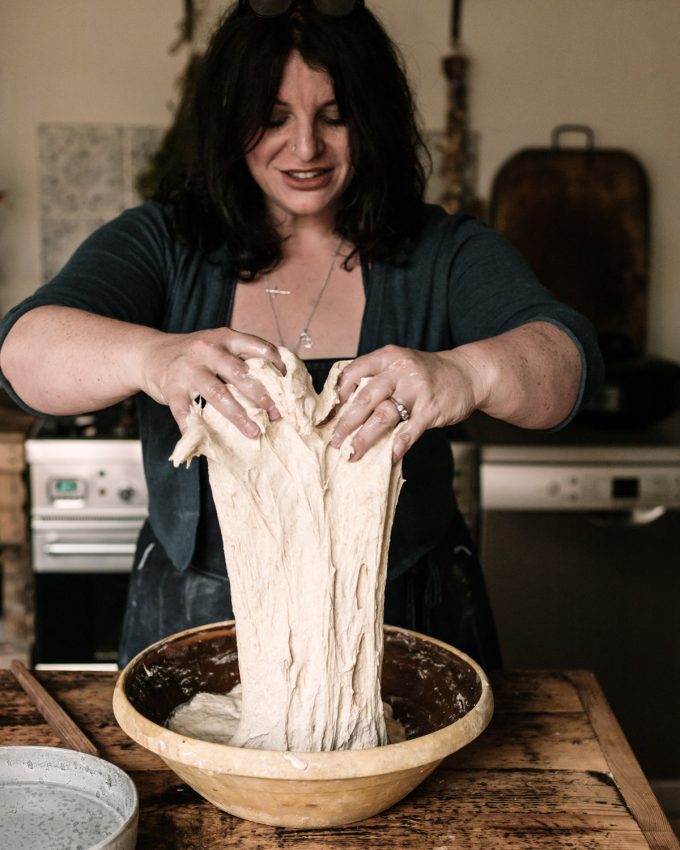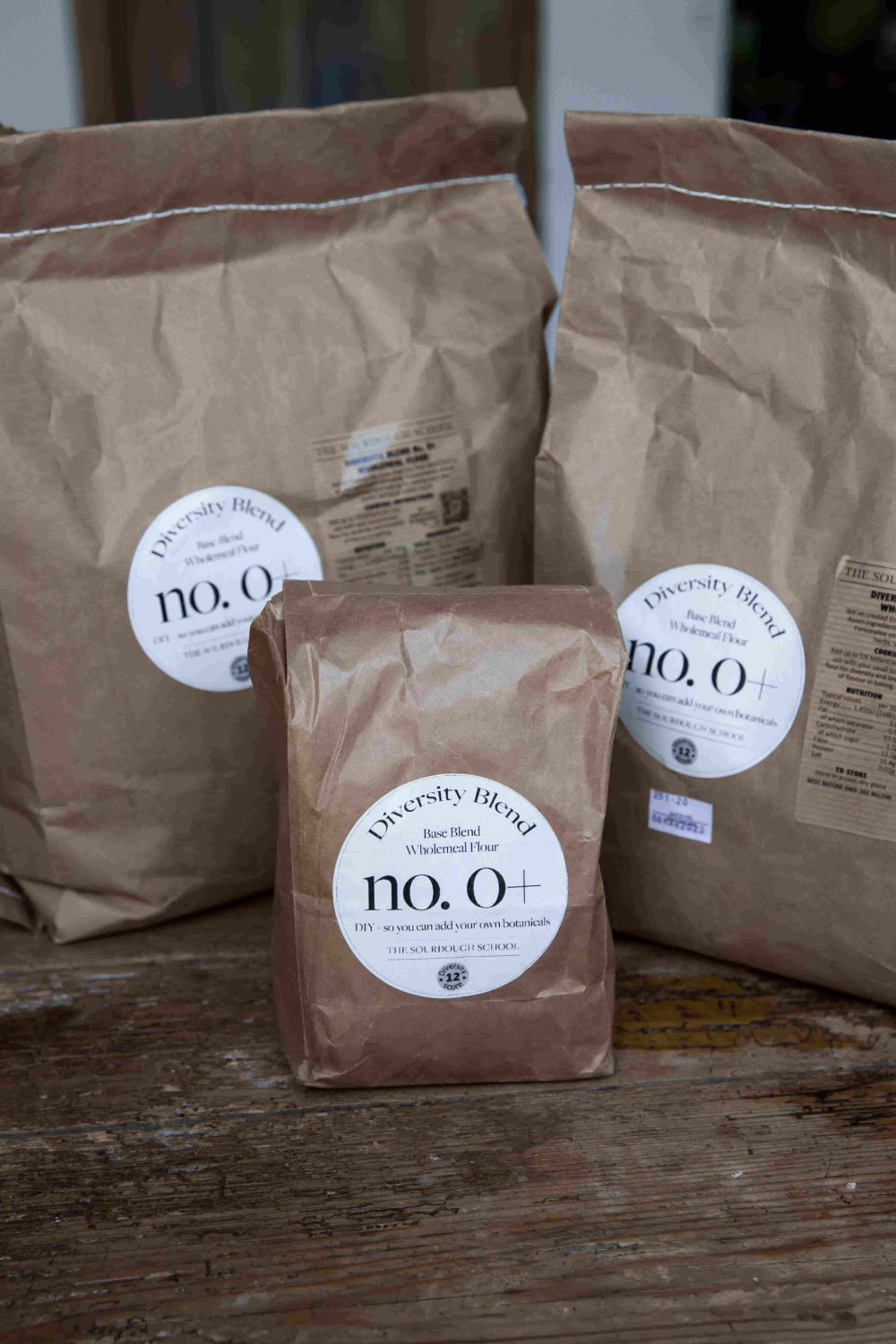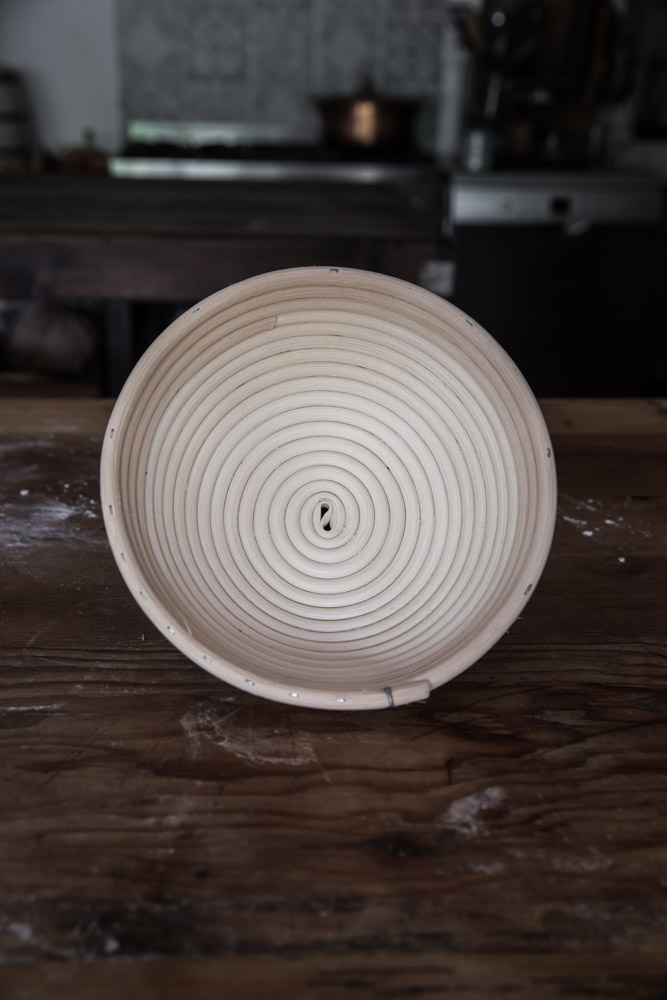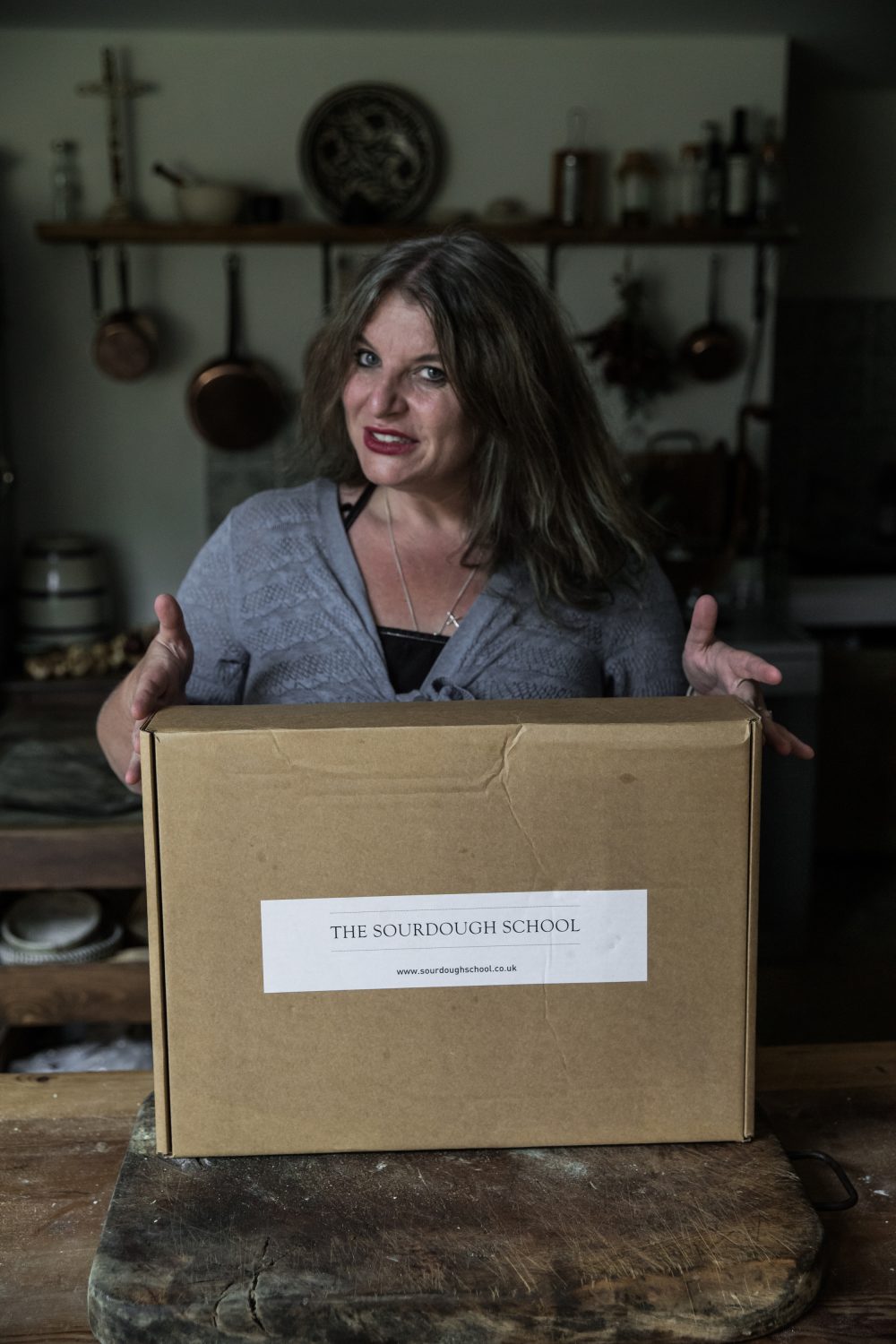Sourdough is the way we always made bread, until the industrial revolution. It is flour that is inoculated with a culture, or in warm countries such as India left to ferment spontaneously. These are lactic acid bacteria (LAB) and wild yeast.
How does Sourdough work?
The lactic acid bacteria produce organic acids that acidify the dough and transform the taste, nutritional value and digestibility of bread.
The yeast produces CO2 that is captured by gluten when using wheat flour that creates air pockets, and makes the bread rise and excrete carbon dioxide and alcohol as byproducts, which contribute to flavour.
These microorganisms are found in many places. Lactic acid bacteria is found on bakers hands, in unrefined flour, and there is evidence that some of the lactic acid bacteria actually makes it’s way from the soil onto the wheat and then into the starter.
The exact origins of each yeast are more of mystery but there is evidence that they can be found on the wheat, on fruit such as grapes and in the air around us, not least because they like to hang out where they might be able to find somewhere sweet to ferment themselves.
Certainly, in bakeries, it is fair to say that saccharomyces cerevisiae is abundant, which is likely where the yeast inside starters in many bakeries originate from. Terry are many feature that have features asking what is sourdough? but most miss that this when asking this question it does not connect to the that that we are all microbial and sourdough is an extension of our microbial world.
We capture and nourish what is already ours and all around us
We capture and cultivate these microorganisms in a pot of flour and water and with regular nourishment, warmth and water they increase in numbers. It is called a starter and learning to replenish and maintain these microbial communities and encourage the microorganisms to reproduce means we can inoculate flour and water and use the fermentation process to make bread. One of the best bakers I know, Richard Hart, once told me that he thinks of a pot of starter as a microbial farm. – ( pin case you want buy my starter the you can find the starter I began baking with over 40 years ago here)
Sourdough is a traditional form of bread leavening that predates the use of commercial yeast, relying on wild yeast and lactic acid bacteria (LAB) naturally present in the environment. This ancient method produces bread with distinct flavors, textures, and nutritional benefits. The fermentation process in sourdough is facilitated by these microorganisms, which work in harmony to break down the flour’s carbohydrates, enhancing bread’s digestibility and nutritional profile. By nurturing and replenishing this community, bakers can inoculate fresh flour and water with the starter, using the natural fermentation process to leaven bread. This not only imparts a unique sour flavour but also improves the bread’s shelf life and nutritional value.
The exact origins of each yeast and LAB involved in sourdough fermentation are somewhat enigmatic, though there’s evidence to suggest they can be found on wheat, on fruits such as grapes, and in the air. This is partly because these microorganisms are attracted to environments where they can find fermentable sugars.
In bakery environments, Saccharomyces cerevisiae, a type of yeast, is particularly prevalent, likely contributing to the microbial population of many starters used in these settings. To cultivate a sourdough starter, a mixture of flour and water is maintained, providing the necessary nutrients for these wild yeasts and LAB to flourish. Regular feeding with fresh flour and water allows the microbial community within the starter to grow and thrive.
The fermentation process is key to sourdough’s distinctive characteristics. As the yeast ferments the sugars in the flour, it produces carbon dioxide gas, which creates the bread’s rise and airy texture. Concurrently, LAB produce lactic acid, contributing to the bread’s tangy flavor and acting as a natural preservative. This complex interplay of microorganisms not only defines sourdough’s sensory attributes but also enhances its health benefits. Sourdough fermentation has been shown to reduce the phytic acid content in flour, improving mineral bioavailability and making the bread easier to digest.
In addition to its culinary and nutritional advantages, sourdough baking embodies a connection to tradition and a deeper understanding of the natural world. By engaging with the microbial life that surrounds us and harnessing its potential, sourdough bakers participate in an age-old practice that celebrates both science and art.
For most people, the science of sourdough and kinds of wild yeast and lactic acid bacteria are a mystery. They just know that they flourish when maintained, and they make great bread, but different kinds of lactic acid bacteria produce different acids and the balance of these is one of the contributing factors that affect the final flavour, textures and nutritional profile of each sourdough loaf. Some bacteria produce more acetic acid, others more lactic acid.
Flavour and texture also depend on the kind of flour, the dough temperature, and length of fermentation you use to make your bread.
Click here for our online course, with detailed video tutorials on how to make sourdough





 What equipment do I need to make sourdough?
What equipment do I need to make sourdough?